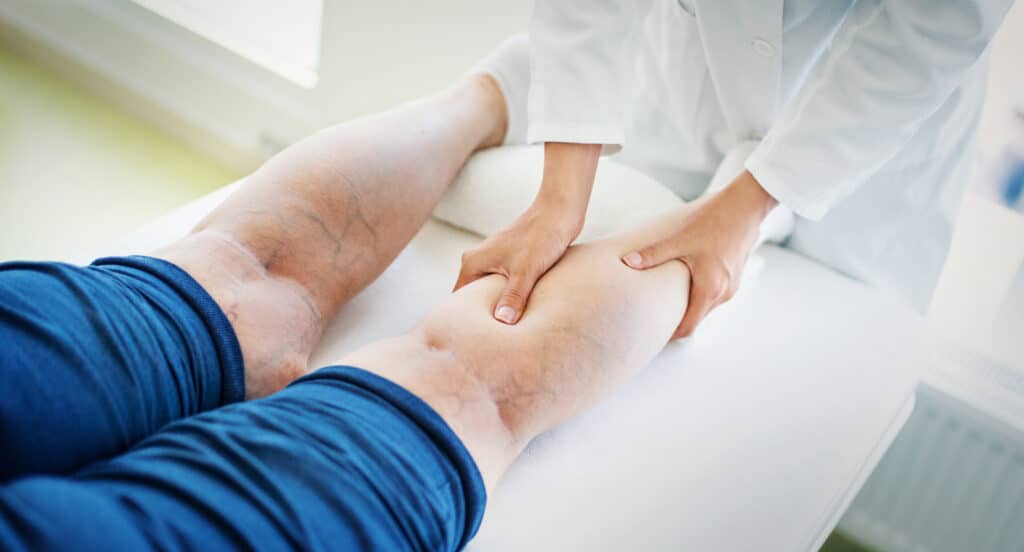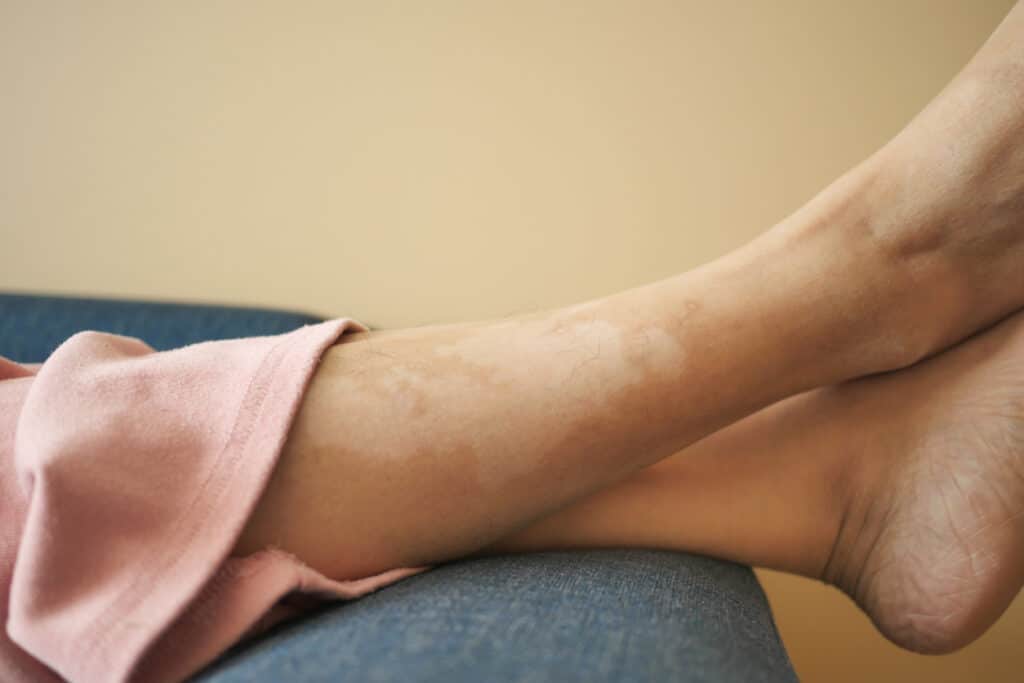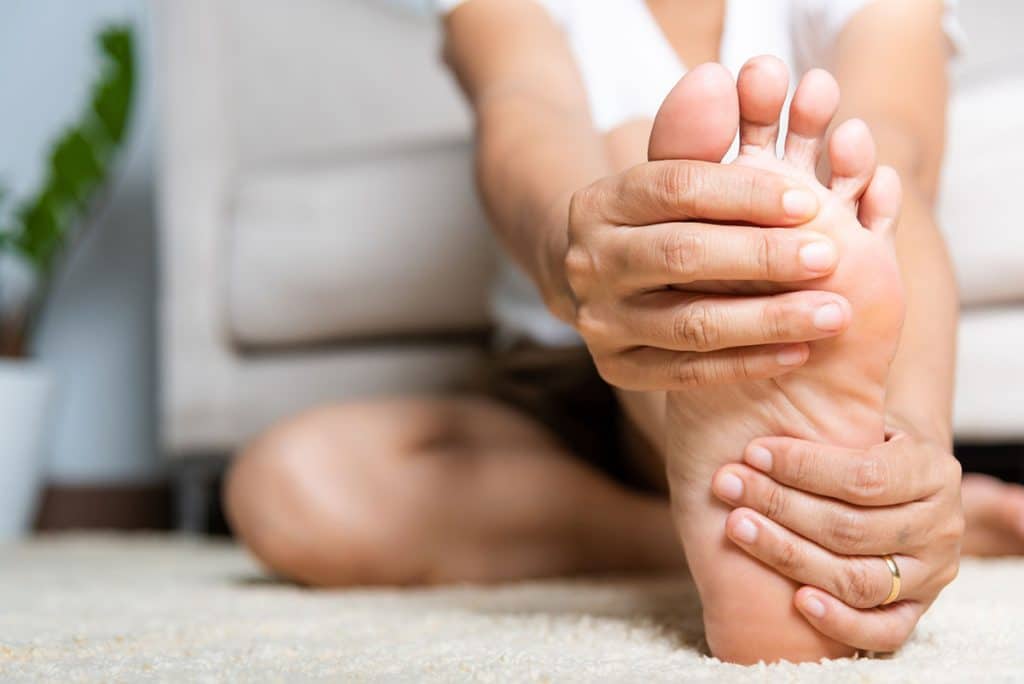Peripheral arterial disease, or PAD, is a condition in which plaque builds up inside the arteries of your legs, limiting blood flow to your lower extremities. PAD can be just as dangerous as heart disease because it increases the risk of having a heart attack or stroke.
In many cases, plaque buildup in the legs does not cause symptoms. As a result, many people can have peripheral arterial disease and not know it. Symptoms such as pain or cramping in the legs often go unreported because they are mistaken for a natural part of aging or attributed to another cause.
You can lower your risk of PAD. Here we include several facts to help you understand more about PAD.
1. Peripheral Arterial Disease affects over 8 million people in the US
The CDC (Centers for Disease Control and Prevention) reports that more than eight million Americans are diagnosed with peripheral arterial disease (PAD), which affects both men and women equally. In fact, when undiagnosed PAD cases are factored in, it’s estimated that 18 million people in the US suffer from the condition.
2. Up to 50% of people with PAD do not know they have it because they have no symptoms.
Many people with PAD remain asymptomatic (do not show symptoms). However, when the pain becomes severe or unbearable, patients will seek medical treatment. Research by Dr. Richard A. Stein et al. published in Circulation, cites that the discomfort caused by PAD is more often atypical than typical. Patients use various terms to describe their symptoms: aching, burning, cramping, shooting pains and numbness.
3. People over the age of 50 are at higher risk for Peripheral Arterial Disease
Older adults (those over 50) should pay special attention to leg pain and not simply dismiss it as a normal part of aging. Many people do not report this problem to their doctor because they feel it is a natural part of aging or due to some other cause. The truth is that pain is not normal at any age; therefore, when you experience pain in your legs, you should talk to your doctor about it.
4. You are 4 times more likely to get PAD if you smoke
Smoking is a major cause of heart disease, lung disease, and cancer. However, smoking is also the number one cause of peripheral arterial disease (PAD). According to studies conducted by the Vascular Disease Foundation, smoking even half a pack of cigarettes per day may increase the risk of having PAD by 30 to 50%.
5. PAD is attributed to 150,000 amputations every year in the U.S.
Advanced peripheral arterial disease (PAD) or critical limb ischemia (CLI) means that one or more of your arteries are blocked, preventing blood from reaching a part of your body such as your foot. The development of foot ulcers (sores on the bottom of your feet that won’t heal on their own) and gangrene (dead tissue) are indicators of advanced PAD that has gone untreated. These wounds can lead to further infection and disease, and possible amputation, if adequate blood flow is not restored. There are treatments for PAD so it’s very important for you to not ignore the pain or the symptoms.
6. Within two to four years of the first amputation, one-third of all PAD patients will lose the other limb.
Unfortunately, about 50 percent of people who undergo leg amputations die within three to four years because of extensive vascular disease in other organs, such as the brain and heart.
7. There are 4 Stages to Peripheral Arterial Disease
Stage 1: Asymptomatic PAD
This first stage of peripheral arterial disease, when it is caught early, gives us the greatest opportunity to slow or stop its progression by implementing risk reduction factors such as improved diet and exercise, quitting smoking, and other lifestyle improvements.
Stage 2: Claudication
In stage two of peripheral artery disease (PAD), patients typically experience discomfort and pain in their calves. Unlike transient muscle pain or injury, the discomfort can be reproduced when the patient exercises and will go away after rest. This is brought about by more severe occlusion of peripheral arteries, and is when we may begin exploring potential treatment options. Of course, improvement in lifestyle choices will make a big difference in minimizing the pain and discomfort associated with this stage.
Stage 3: Critical Limb Ischemia
Ischemia occurs when the flow of blood to an area of the body or an organ is reduced. In critical limb ischemia, peripheral artery disease can cause pain at rest and even through the night. Skin sores may appear as a result of blood not reaching the extremities, thus not allowing for proper healing. This is a critical stage in the development of peripheral artery disease.
Stage 4: Acute Limb Ischemia
Acute limb ischemia (ALI) is a sudden loss of blood flow to the extremities, often accompanied by severe pain, tingling sensations, loss of pulse, cold in the extremities and paralysis. PAD has become an emergency at this point, and without immediate care, there is a significant chance that the limb will require amputation. Even if we can avoid amputation, the lack of blood flow often causes irreparable muscular and nerve damage.
8. African-Americans have a higher risk for PAD
African-Americans are more likely to suffer from peripheral arterial disease than Caucasians. The National Heart, Lung and Blood Institute states that PAD is more common among African-Americans than any other racial or ethnic group. The elevated risk in African-Americans may be in part due to some of the conditions that raise the risk for developing PAD, such as diabetes and high blood pressure, which are more common among African-Americans.
Importantly, PAD is very treatable, and any pain in your legs or extremities brought about by exercise or other activity and going away with rest should be evaluated by a qualified PAD specialist. Dr. Ayar specializes in peripheral artery disease. Contact Coastal Vascular Center today if you have any questions.




